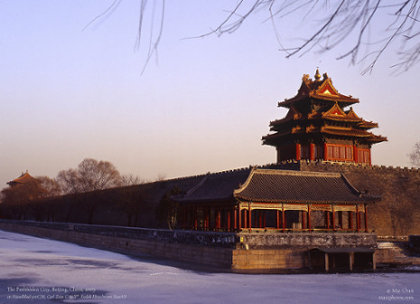The Forbidden City, Beijing, China
Updated on 2022-01-22 Beijing, China
The forbidden city, located at the exact centre point of Beijing, is the former imperial palace of China since the Ming dynasty (1368—1644 A.D.), until the fall of the Qing dynasty (1644—1911 A.D.). Housed the last 24 emperors of China, it is not only the largest palace in the world, but also the largest medieval palace architecture in the world, and the largest wooden complex in the world. Construction began in 1402 A.D., with the first palace complex completed in 1420.
The forbidden city follows an exact symmetrical architectural design, extending 753 meters from east to west, and 961 meters from north to south, covers a total area of 720,000 square meters, with 9,900 rooms. Most of the buildings were built with the best and rare woods, roofed with yellow glazed tiles, on top of blue-and-white stone foundations.
With more than 600 years of history, the forbidden city stands as a witness of important human evolutions and showcases masterpieces of art and breathtaking architecture.
On the ground, the palace poses a huge challenge for photography due to its massive size and empty squares. Almost standing at every spot would make the image a simple tourist photo. However, once mastered, it becomes a venue of eternal classics with unlimited creativity, especially under snow and rain, at dusk and dawn.
All pictures captured on Leica Summicron-R 35, Elmarit-R 90, and Super-Angulon-R 21, Hasselblad 500C/M, Carl Zeiss C 80 T*, Kodak Ektachrome E100VS Colour Reversal Films. Colour Space: Adobe RGB












